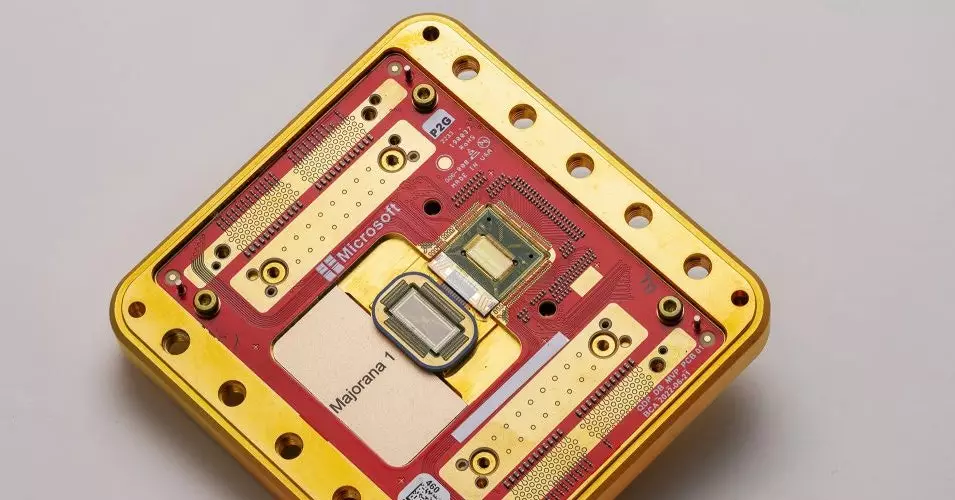The rapidly evolving field of quantum computing is on the brink of a revolutionary alteration with the advent of topological qubits, as announced by Microsoft researchers. This pioneering development, marked by the creation of the ‘Majorana 1’ processor, harnesses the peculiar characteristics of certain exotic states of matter to store quantum information. As we delve deeper into the implications of this breakthrough, we must also confront the multifaceted challenges and uncertainties that loom over this promising technology.
Initially conceptualized in the 1980s, quantum computing diverges fundamentally from classical computing. Traditional computers employ bits, with binary values of either 0 or 1, while quantum computers utilize quantum bits or qubits that can exist in superpositions of states. Essentially, these qubits have the unique ability to represent multiple values simultaneously, thereby potentially enabling quantum computers to perform complex calculations at exponential speeds compared to their classical counterparts.
A crucial aspect of this latest research focuses on the unique nature of topological qubits. They are differentiated from conventional qubits by their inherent ability to resist decoherence – a common obstacle that leads to the loss of quantum information due to interactions with the surrounding environment. To elucidate this, we turn to Majorana particles, which were initially theorized by Italian physicist Ettore Majorana in 1937. These entities, which exist exclusively within topological superconductors, are central to the operation of topological qubits.
The Majorana 1 processor, as asserted by Microsoft, is designed to accommodate an impressive number of qubits—up to a million. This scalability is vital for the realization of significant quantum computing applications, which include the ability to decrypt advanced cryptographic codes and facilitate the accelerated design of pharmaceuticals and new materials, propelling industries forward at an unprecedented pace.
Although the claims made by Microsoft are ambitious and could potentially position the company ahead of formidable rivals such as IBM and Google, it is essential to approach these assertions with caution. The published research in Nature only provides partial verification of the breakthroughs and does not fully confirm all operational promises made by the technology. The pathway toward practical quantum computing remains littered with formidable challenges that researchers will need to navigate in their future endeavors.
Additionally, while the notion of topological qubits is indeed exhilarating, the barriers to practical application and confirmation remain significant. Researchers are called upon to deliver independent validation of the device’s capabilities and to ensure that the theoretical principles of topological qubits translate effectively into practice.
The quest for quantum computing technology has materialized from a theoretical dream into a tangible pursuit, inspiring innovation across both academia and industry. As we look toward the horizon, speculation abounds regarding the potential revolutionary impacts of quantum computers on society. From solving complex computational problems to transforming fields like materials science and medicine, the applicability of quantum computing remains staggering.
Nevertheless, the transition from theoretical models to practical applications is fraught with obstacles. As developers pursue advancements in topological qubits, the vital task remains to address the operational issues of implementing these highly sensitive devices that operate under exceedingly delicate conditions.
The emergence of topological qubits may signal a pivotal moment in the history of computing. As researchers at Microsoft and other institutions strive to overcome the intricacies of quantum mechanics and devise functional quantum computative models, the world watches in anticipation. The integration of theoretical ideals with concrete results will ultimately determine the fate of this extraordinary leap in technology, potentially reshaping human understanding of computation and unlocking possibilities previously deemed impossible.

